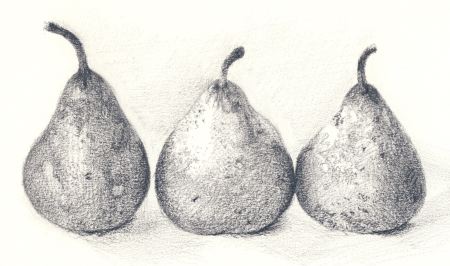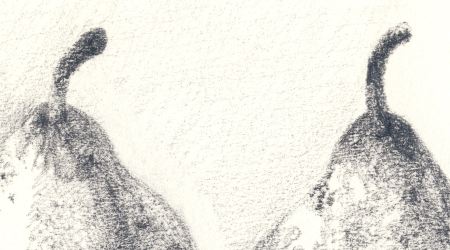When I made the transition to digital, I thought, oh, this is just another tool to make an image, it’s not going to change anything. Boy, was I wrong. There are a lot of details I could get sidetracked on here, but suffice to say that, 2 years on, I am still in the readjustment phase that this technology is having on both my commercial work and my personal sensibility.
Digital is a big watershed shift in how photographic images come to be. But there are less portentous choices. The issue at hand is, how do you tell the difference between a tool that meaningfully adds a voice, and one that’s a fad? Photography is full of examples of process overtaking content, and it’s a common problem in advertising work. Remember how dreadful all those composited images looked when that first became possible? In the commercial realm, there are always the “instant art” solutions that one practitioner raises to a high level, then everyone copies it. Anyone remember the Hosemaster Lighting System that was so cool looking in 1988, and so overdone by 1992? The current craze is the “Lensbaby” aesthetic, which is, at last, raising a backlash: read this great rant that I came across the other day. In the fine art photography field, infrared seems to raise its grainy, overexposed head every few years, and everyone seems to be perpetually rediscovering the Holga (nee Diana) camera look.
This is why it is really useful to restrict one’s palette. I have a fair bit of equipment, because I’ve been a pro for awhile, but I don’t buy gear very often. And when I hit on a system that works, I’m loathe to change it. When I shot film I shot one kind for color, and one kind for black and white. Now 90% of my photos I take with one camera body and one lens (well, it’s a zoom, but still), and I rarely play around with alternate ways of processing my images. It’s hard in the digital realm though, because you barely get to learn how to do what you do before someone rewrites the software on you.
I am hard pressed to think of a memorable body of work that doesn’t have a consistency in execution, but that doesn’t also have a meaning that transcends those tools. Their marks have meaning. Ansel Adams applied his technical precision at the service of what, at the time, was a revolutionary way of seeing the American landscape. Cartier-Bresson used a the handheld camera, making work meant to be experienced on the printed page and eschewing a finished print aesthetic (Ever see his original prints? They’re dreadful! They weren’t the point.). Early in his career Emmit Gowin used a lens that didn’t cover the field of his 8×10 back for his inimitable family imagery. Richard Avedon took the white backdrop to a height that has yet to be matched.
Beware of copying the tricks of a master. It may be a good pedagogical exercise, but it’s unlikely to lead you to your unique voice, the mark you make your own. More likely, you’ve come across your latest reiteration of the Lensbaby.





